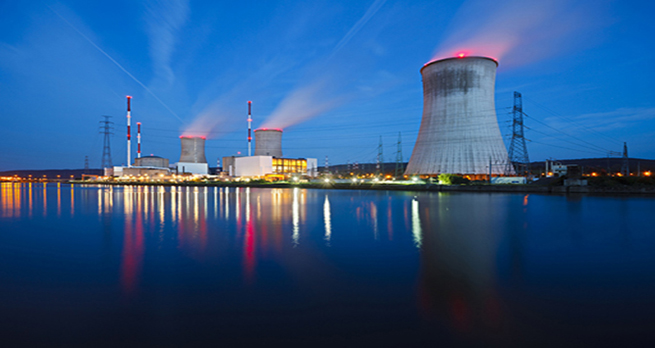3.1 Atomic men!

Transcript
In the early 1950s, the nuclear industry was very young – the video shows the initial excitement surrounding it; ‘we were in the vanguard of something really new’. People began to talk of an ‘atomic age’.
Windscale was perceived as an exciting and dynamic place. It was located on the Sellafield site in Cumbria (right next to Calder Hall that you looked at last week) and was home to the Windscale Piles which were part of the weapons industry, producing plutonium for nuclear bombs.
In 1957, Windscale experienced a reactor accident that profoundly affected public confidence in the nuclear industry. Other accidents you might have heard of, that involved nuclear power plants (i.e. those designed to generate electricity), include the accident at Three Mile Island, in Pennsylvania USA, in 1979 and the accident at Chernobyl in the former Soviet Union in 1986. The most recent accident occurred in Fukushima, Japan in 2011.
In the next sections, you will examine these accidents and what can go wrong in a nuclear power station.
